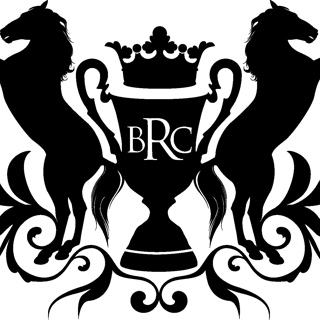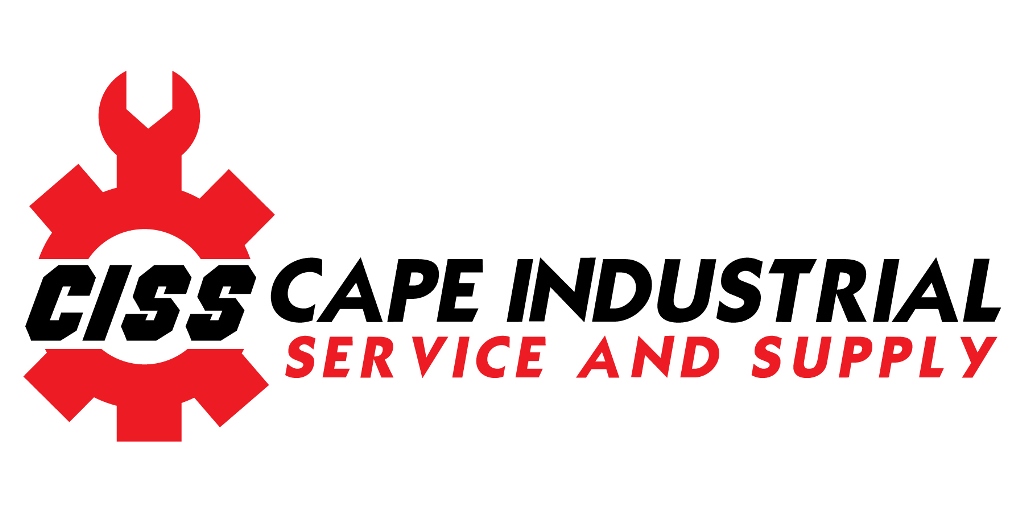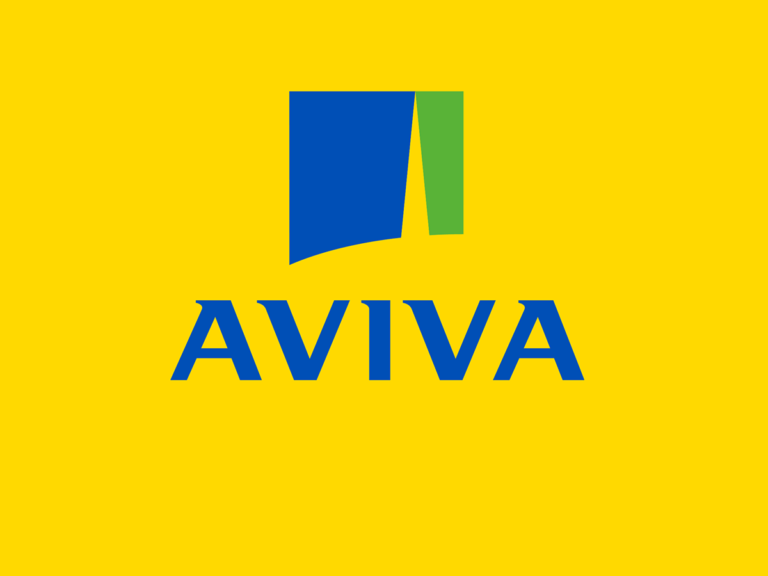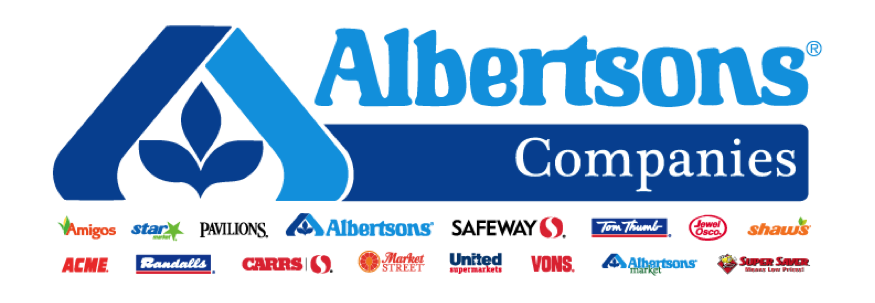Title Page
-
Site
-
Date and Time of Evaluation
-
Inspector (Full Name)
-
Driver's Name
-
License Number
Evaluation
PRE-TRIP INSPECTION
-
Fully evaluates condition of vehicle
-
Checks for oil, water, fuel leaks
-
Checks fuel, oil, and water levels
-
Checks tires, lights, reflectors
-
Checks air hoses, electrical connections
-
Checks suspension points, steering linkage
-
Checks service and parking brakes; hand valve
-
Checks wipers, mirrors, horn, and gauges
-
Checks emergency equipment
-
Cleans windows, mirrors, lights
PLACING VEHICLE IN MOTION
-
Checks mirror adjustment
-
Puts transmission in neutral
-
Shifts gears smoothly
-
Starts motor without difficulty
-
Allows proper warm-up
-
Builds full air pressure before starting
-
Checks brakes within 100 ft. of starting
-
Checks and understands instruments
-
Uses clutch properly
-
Maintains proper engine RPM
-
Times gearshift properly
-
Uses proper gear sequence
-
Uses seat belt
BRAKING AND SLOWING
-
Brakes as soon as need is recognized
-
Avoids sudden stops
-
Stops smoothly without rolling back
-
Tests brakes at top of hills
-
Gears down to descend grades
-
Uses brake peopeny on grades
-
Keeps check on air gauges
CONTROLS AND EOUIPMENT
-
Knows proper use of parking brake
-
Knows proper use of hand valve
-
Understands "low air" warning
-
Understands use of 4-way flashers
-
Uses proper headlight beam
-
Dims lights when following others
-
Dims lights when meeting others
-
Adjusts speed to range of lights
-
Knows how to replace fuses
-
Knows how to use fire extinguisher
-
Knows placement of warning devices
-
Knows placement position of chocks
-
Knows operation of engine brake (if equipped)
OPERATING IN TRAFFIC
-
Intersections and Turning
-
Enters intersections prepared to stop
-
Cheeks for cross traffic
-
Yields to others
-
Signals direction changes in advance
-
Gets in proper lane well in advance of turn
-
Turns only when way is clear
-
Blocks traffic from curb side of turn
-
Signs and Signals
-
Starts slowly from stopped position
-
Looks ahead for signs and signals
-
Comes to a complete stop at stop signs
-
Approaches signs and signals prepared to stop
-
Slows vehicle gradually
-
R.R. Grade Crossings
-
Adjusts speed to crossing conditions
-
Comes to a complete stop (if required)
-
Stops required distance from crossing
-
Avoids shifting gears while crossing
-
Passing
-
Allows sufficient space for passing
-
Passes only when there is long-term advantage
-
Passes only in safe location
-
Signals when changing lanes
-
Signals before passing
-
Proceeds in proper lane
-
Speed
-
Observes posted speed limit
-
Uses timed interval following distance
-
Observes speed limit consistent with conditions
-
Maintains steady speed on open road
-
Adjusts speed for curves, other danger zones
-
General
-
Grips steering wheel properly
-
Good driving posture
-
Centers vehicle in driving lane
-
Reads traffic lights in advance
-
Evaluates traffic patterns early
-
Aware of traffic around unit
-
Frequent use of mirrors
-
Avoids being boxed in
-
Makes eye contact with others
-
Alert to live parking
-
Makes good driving decisions
BACKING AND PARKING
-
Backing
-
Avoids barking from blind side
-
Avoids unnecessary backing
-
Warns others when backing
-
Checks area before backing
-
Uses mirrors to advantage
-
If in doubt gets out and looks
-
Proper backing maneuvers
-
Vehicle Parking
-
Selects safe area to park
-
Parks to avoid backing when leaving
-
Parks correct distance from curb or roadway
-
Turns on warning flashers
-
Checks traffic when pulling out
-
Secures unit:
-
Turns wheels
-
Sets brakes
-
Puts in gear
-
Shuts off engine
-
Uses chocks
-
Locks unit
COMPLETION
-
Recommendations
-
Driver (Full Name and Signature)
-
Inspector (Full Name and Signature)










